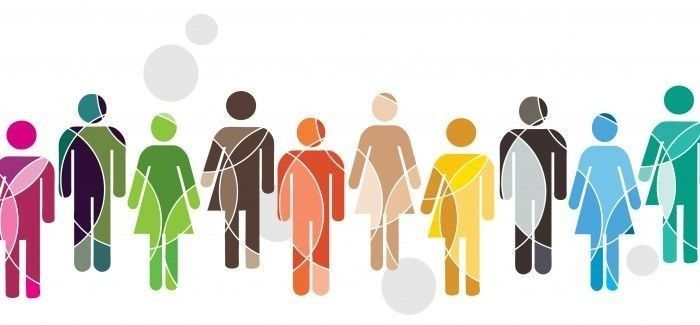Intercultural Body Language and Gestures - 4 Tips March 10 2015, 1 Comment
by Erich Toll
Sign up now for our exclusive newsletter. Get monthly intercultural tips, tools and insights
Experts estimate that in the West, up to 70% of communication is physical interaction such as body language. In other parts of the world, that figure is even higher.
Body language and physical gestures are one of the most important - and misunderstood - facets of communication, one of the 7 cultural factors that impact the workplace. From posture to tone of voice, it's important to learn which gestures and other forms of physical communication are appropriate – and which aren’t.
Here are 4 key components of intercultural body language:
1 - Personal Space - One important facet of physical communication is personal space, or how close people are when talking. In the West, people generally stand apart about arm’s length. But in Arab and Latin cultures, people stand together as close as six inches. It’s important to be comfortable with close quarters. Backing up could be taken as a sign of rejection and be insulting.
2 - Physical Contact - Personal space and touching also affect workplace intercultural communication. In Latin America, two men might greet each other with a hearty embrace known as an abrazo. In contrast, many Asians are averse to touching. They will shake hands on first meetings, but avoid physical contact on subsequent encounters. In some cultures touch between men and women - even a handshake - can be highly sensitive and should be avoided.3 - Eye Contact - Another issue to watch is eye contact. In societies such as the Middle East and the United States, it’s highly regarded and a sign of sincerity. But in other cultures, it’s considered rude and should be avoided. In India or Japan, for example, looking a senior in the eye is disrespectful.
4 - Hand Gestures - Finally, it’s best to avoid hand gestures. In intercultural body language gestures have different meanings in different cultures. In the USA, a thumbs up indicates approval or agreement. But in countries around the world, that gesture is obscene. In many countries, holding up your thumb can mean one - but in parts of Asia it means five, which clearly can have an unintended impact on cross-cultural negotiations!
• Personal space varies, so learn to be comfortable with close quarters;
• The appropriateness of touching is viewed differently;
• The meaning of eye contact differs, so be aware of local decorum;
• And finally, it’s best to avoid hand gestures, which might be taboo.
For more information, see the video Intercultural Communication
What did I miss? Please leave your comments or additional tips below.

Comments
jean pierre coene on March 13 2015 at 04:23AM
Nice work, well done.
I am working on the subject as well, and I must admit, it is difficult to summarize it in a few good tips!
I work more on the 3 basics : postures, gestures, mimics and try to combine this with the Hofstede Model.
There is still a long way to go….